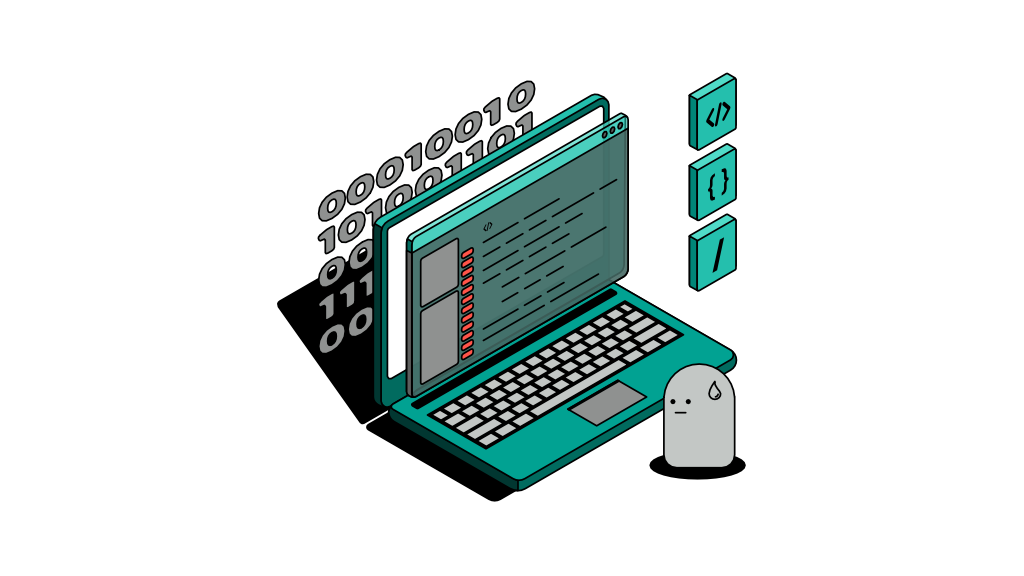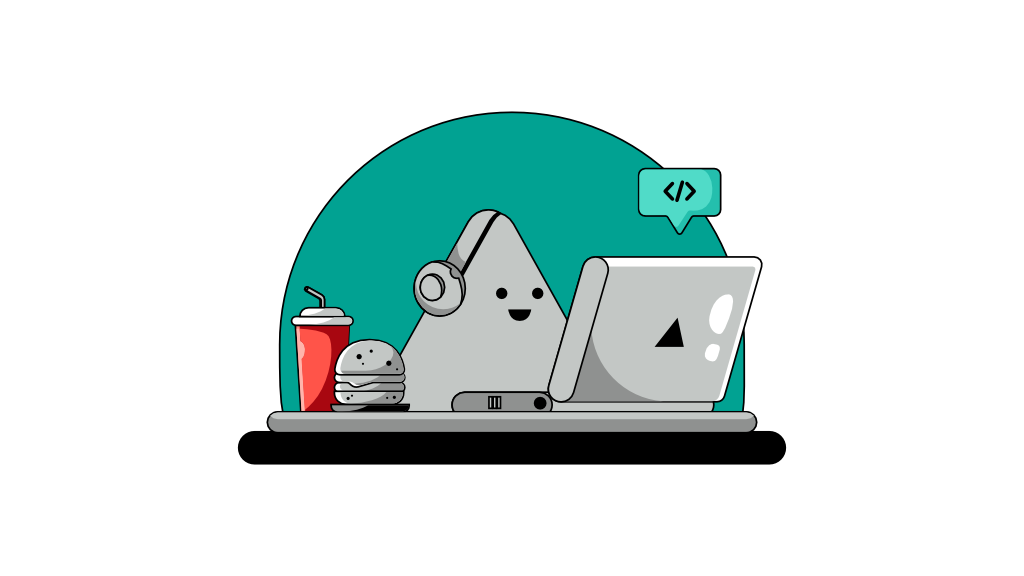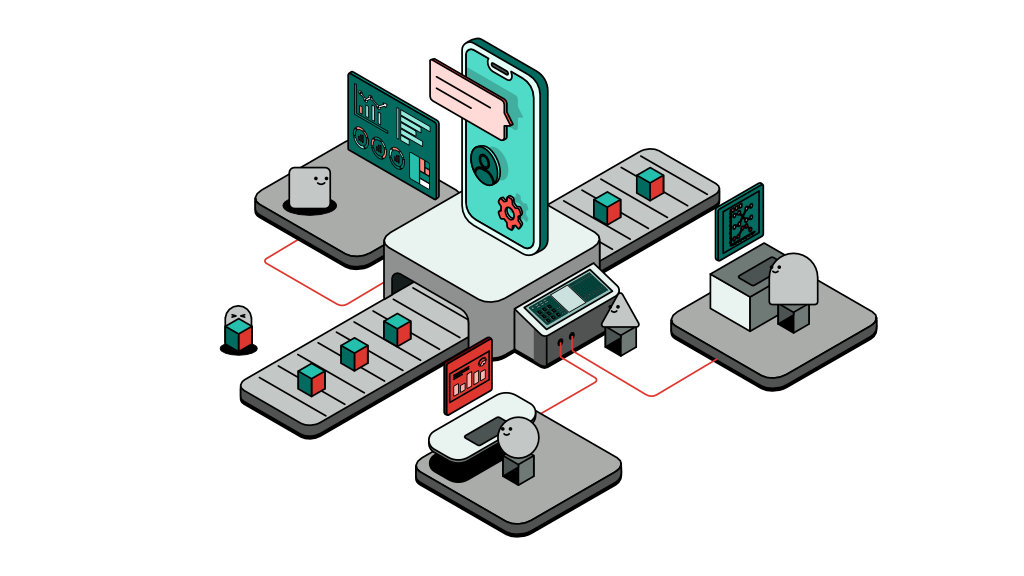Understand IT in 15 minutes

Information Technology (IT) is the use of computers for collecting, storing, or manipulating any information through programming. To understand the term better, it's worth breaking it down to its basic constituents - 'information' and 'technology'.
'Information'
By definition, 'information' means valuable pieces of data that makes sense, such as someone’s full name and address which can be correlated. On the other hand, the word 'data' alone refers to independent pieces of information, which on their own do not make any sense.
Think of a five digit number - say 50490. Such information is meaningless on its own. If someone mentions “50490”, you will not be able to make much sense of the data he has given you. Instead, if he says “my address is...50490, Kuala Lumpur”, this is a valuable piece of information that you can use while booking a ride.
For now, think of information as digits (0, 1, 2) or decimals (0.15, 3.14) or alphabets (Aa, Bb, Cc) - as if they make perfect sense.
Then, I can start categorising alphabets as 'text' and string of digits as 'number'. For most of us, text and number are the main types of information we deal with on daily basis. While the same can be said about computers, they process other types of information as well which may not be immediately apparent to us, such as rich media files. Image (.jpg and .bmp), sound (.mp3) and video files (.mp4) are some examples.
Caveat: The examples above are technically considered 'data types' and not exactly information. After all, information is data that can be made sense of, regardless of type. Just hold that thought while we use different data types to build an understanding of programming.
'Technology'
The technology part of the equation is where things start to get interesting and perhaps overwhelming to certain people. Try not to place too much emphasis on the terminologies, rather just think of 'technology' as advancement or improvement to a certain field of study - in this case, the electronics field. Yet, we’re about to simplify that even further.
Technology refers to the actual operations that we can apply onto information.
For instance, when I say "cooking technology”, one might ask what on earth is cooking technology? In retrospect, there is quite a lot that goes into creating a dish or the ‘product’. The optimal heating point, non-stick technology, different ingredients for different cooking styles etc.
The same way of thinking can be applied to programming. Let’s turn to the postcode example to see how technology can be applied on information. Having a simple piece of information such as a postcode is not as meaningful as when combined with its corresponding city or street. If we arrange these details in a certain way e.g. street + city + postcode, we end up with a useful piece of information known as an address which can be useful in many situations.
Turning to basic mathematics for some clues
Example 1: Applying operations on texts
The operation we have just applied is x + y + z or in other words, joining texts together. While this is just an example of the most basic type of operation, there are other different operations that you can apply to texts. Let’s explore some of them:
1. Adding / joining texts together:
Given the word 'Welcome' and 'John', the name of a person:
Joining the two then becomes 'Welcome John' which makes for a nice pleasantry
2. Splitting texts apart:
You may also choose to split the sentence into individual words:
'Welcome John' becomes 'Welcome' and 'John' again
3. Replacing texts in a sentence:
Given a date in the following format '02/10/2020':
Replacing '/' with '-' changes the date format to '02-10-2020'
(and yes, symbols are also a form of text)
4. Transforming characters:
Given the sentence 'I AM GOING SOMEWHERE'
Converting the sentence to small-case letters renders 'i am going somewhere' or
Convert the first letter of each word into capital-case letters renders 'I Am Going Somewhere'
In short, there is an endless list of operations that you may apply to texts that can transform them from one characteristic into another and another and another - you’re really only limited by your imagination.
Example 2: Applying operations on numbers
Numbers are the easiest data type to manipulate and transform. Everything you’ve ever learnt in mathematics can be applied in programming.
1. Applying mathematical operations:
Given that 1 + 3 = 4
This can also be represented as [number] + [number] = [number] or x + y = z
You may also apply all other math operations such as division and multiplication
2. Comparing numbers - true or false:
Comparison is another interesting concept that can be applied to numbers and the possibilities are endless:
- 1 is equal to 1 (True)
- 1 is bigger than 1 (False)
- 1 + 3 is bigger than 1 (True)
Example 3: Combining operations on texts and numbers
Let’s combine everything we’ve learnt so far to explore how all data types and operations can be utilised together.
Here is a list of some data in the form of variables:
- Currency: MYR
- Amount: 125.35
- Payee: Bob
Let’s apply the addition operation to the data above to generate a statement.
= Text + Text (variable) + Number (variable) + Text + Text (variable)
= "Outstanding amount of" + Currency + Amount + "is payable to" + Payee
The output of the above operation is then a useful piece of information.
Outstanding amount of MYR 125.35 is payable to Bob.
When you start thinking of texts and numbers in terms of variables (x, y, z), you begin to realise the countless forms and possibilities they can take. And what is even more amusing is when you start thinking of literally everything in terms of variables. Apply any operation or technology to variables and you can derive something insightful from your data that can be used to make a decision e.g. pay Bob now.
Final thoughts
If you wish to understand the world of computers and programming, all you have to do is break the term 'Information Technology' down into its individual components and examine each one of them closely.
The first word, 'Information', refers to any sort of data such as numbers, words, sentences, images and audio files. Once you have a collection of information or data stored somewhere, you may apply tonnes of 'Technology' to it to transform that data from one form to another.
Think of all the mathematical equations you used to write in school, you can add numbers together and divide or multiply them. You can join characters together to form a word or expand them further to form sentences. Reverse those operations and you end up deconstructing these sentences back to their original words or characters.
Technologies can also be applied to more complex data types such as audio files or images. You can crop images and change the colours within it - a concept known as photo editing. Similarly, for audio, technology allows you to mix audio tracks together and change their balance and distribution to come up with a nice-sounding track.
Programmers spend a great deal of time doing exactly just that - thinking of ways to manipulate data so it can make sense to non-programmers, on a much bigger scale. Another huge chunk of their time is spent on piecing all the different information together.
While there are plenty of jargons used in Information Technology these days that can be intimidating and confusing to many, they can be easily digested when broken down into their constituent ‘atomic’ parts. Keep breaking them down until you can’t go anymore further and you’d be surprised how simply computers can be understood.


